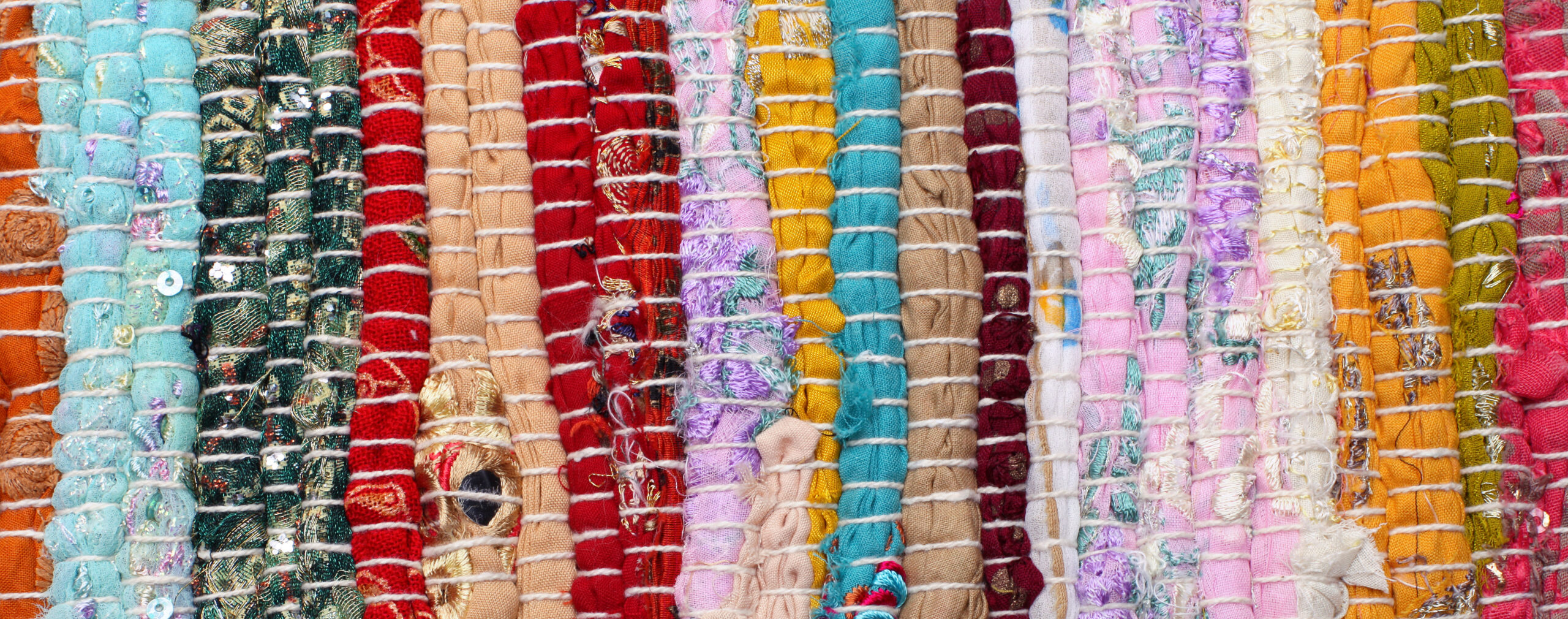
PLASTIC APPLICATIONS AND OUTLETS
Appropriately selected WAXOLINE® polymer-soluble dyes give excellent all-round performance in: PS (Polystyrene), SAN, ABS, PMMA, PC, PETP and PETB, POM, unplasticised PVC and PPO. WAXOLINE® solvent dyes contribute resistances (strengths) against different phenomena that affect dye’s performance.
- Light fastness: persistence of a colour after having received a certain amount of UV radiation.
- Chemical fastness: colour resistance in chemically aggressive environments (acidic or basic).
- Heat fastness: colour resistance to temperature, mainly during processing.
- Migration fastness: migration of pigment.
Textile
What is WAXOLINE® Solvent Dyes used for in Textile?
In the case of textile application, the WAXOLINE® range of soluble dyes has application on synthetic materials, such as Nylon 6 or Nylon 6,6, and other synthetic fibers such as polyester fibers in the textile industry.
How can be classified WAXOLINE® dyes in Textile?
These dyes are classified as disperse dyes, because they are able to penetrate into the molecular structure of the fabric. The textile fabric of these components normally has a closed molecular structure, because conventional dyes do not proliferate through this structure.
In the case of disperse dyes, which are organic and insoluble in water, they are applied as an aqueous dispersion in the fiber, hence the name disperse.
WAXOLINE® soluble dyes can be included in the classification of disperse dyes. They are organic compounds insoluble in water, which allow to obtain these aqueous dispersions and these are able to be introduced into the matrix of the synthetic structure.
Staining process with WAXOLINE® dyes
We can carry out the dyeing process with disperse dyes on the polyester fiber in three stages, which are consecutive while the dyeing process is developed:
- In the first step we proceed to diffuse or disperse the dyes from the bath on the surface of the fiber itself. During the first stage we must point out the importance of the exhaustion speed of the dye dispersed on a mixture, since it is linked to the relative concentration: the higher the concentration, the lower the exhaustion speed. Then follows the absorption of the dye or dyes on the surface of the fiber.
- The second stage determines possibilities in the equalization, which is influenced by the concentration in the dye or dyestuffs, the measure of the thermal degree, the necessary technical conditions and the fiber’s own characteristics.
- In third place, comes the diffusion of the colorant from the surface of the fiber towards the interior.
The third stage of the process is mainly influenced by the volume and length of the molecule of the dispersed dye together with the applied energy, offering the high temperature which gives better results both in the diffusion and in the equalization of the dispersed dye on the fiber.
